Electrodes have been used to measure brain activity for the past century. Electroencephalography, or EEG, is one of the most widely used, mostly non-invasive techniques for measuring neural activity. EEG essentially records the brain’s electrical activity through electrodes that are placed on the scalp and in thousands of seconds, changes within the brain can be measured and then analyzed. The ability to focus takes place in the brain’s frontal lobe and a pair of engineers have designed a wearable EEG device called Crown to measure that part of the brain to help maintain focus and boost productivity.
Crown, from Neurosity, helps to maintain your brain’s focus by measuring not only what triggers your focus, but also what sustains it. Eight EEG sensors fill out the Crown to track and quantify an individual’s brainwaves to better understand what retains focus and what introduces distraction. As the brainwaves are measured, the accompanying Neurosity Shift app connects to your Spotify account to play the most suitable music for your brain to hold onto that state of flow. Similar to Neurosity’s previous brain-sensing technology, the Notion 2, the Crown also minimizes any technological distractions like notifications or ringtones by automatically muting any prospective interruptions that could take away from your focus.
After all of this, the Crown sends you a ‘report card’ indicating your most focused moments and the times you felt most distracted, with the aim of improving your focus in the future. While EEG devices have a reputation for falling short on their signal-to-noise ratio, a method for measuring everything going on in the brain, Neurosity promises cutting-edge technology that enhances the device’s quantifying rate. Not just that– the Crown never listens to, watches, or stores any of your brainwaves– the Crown is only here to keep you calm, cool, and focused.
Designer: Neurosity
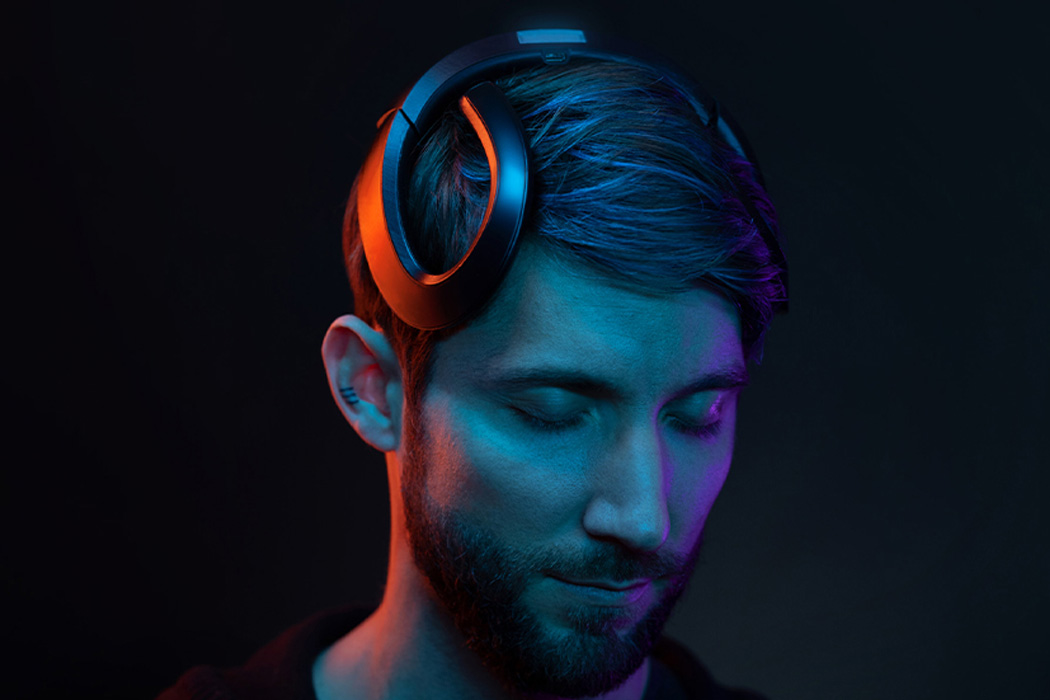
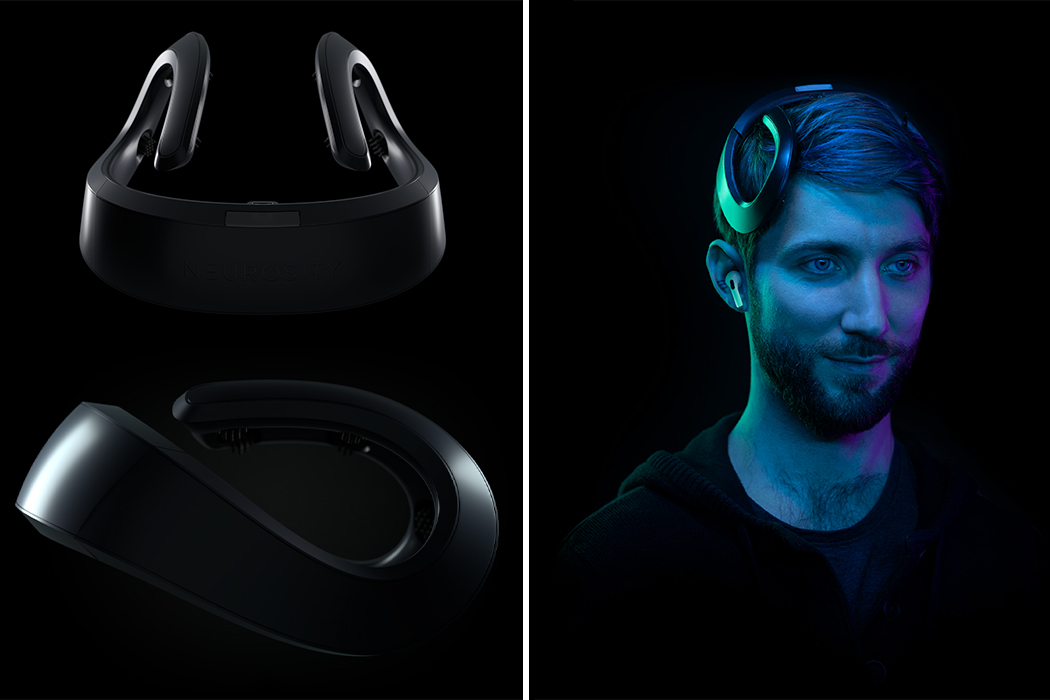
The Crown weighs just over half a pound and aimed to be one size fits all.
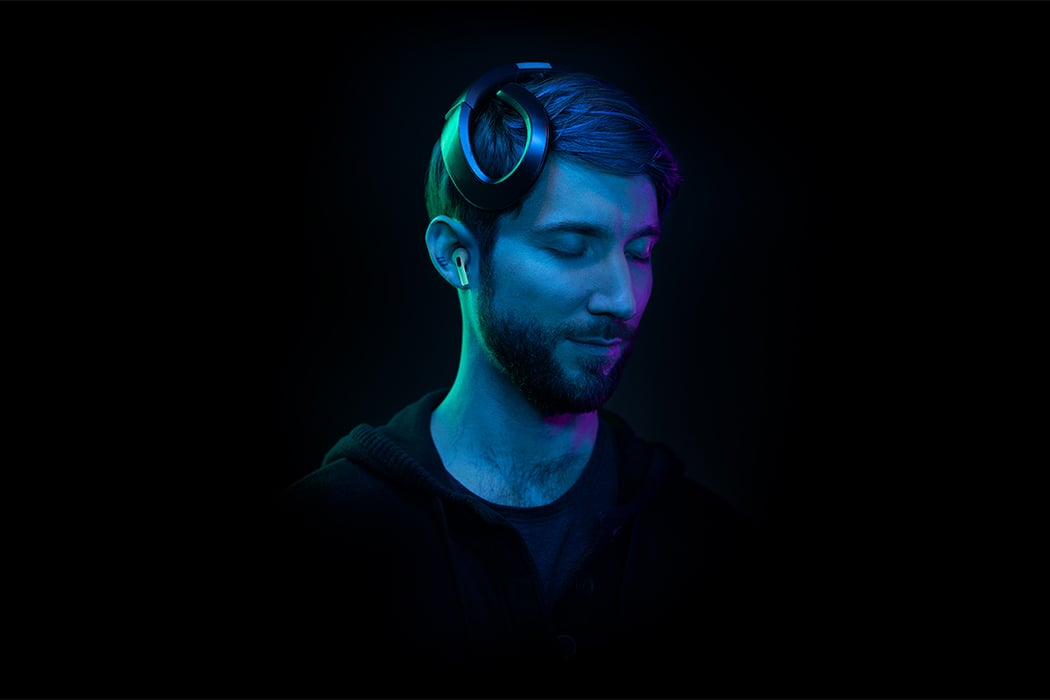
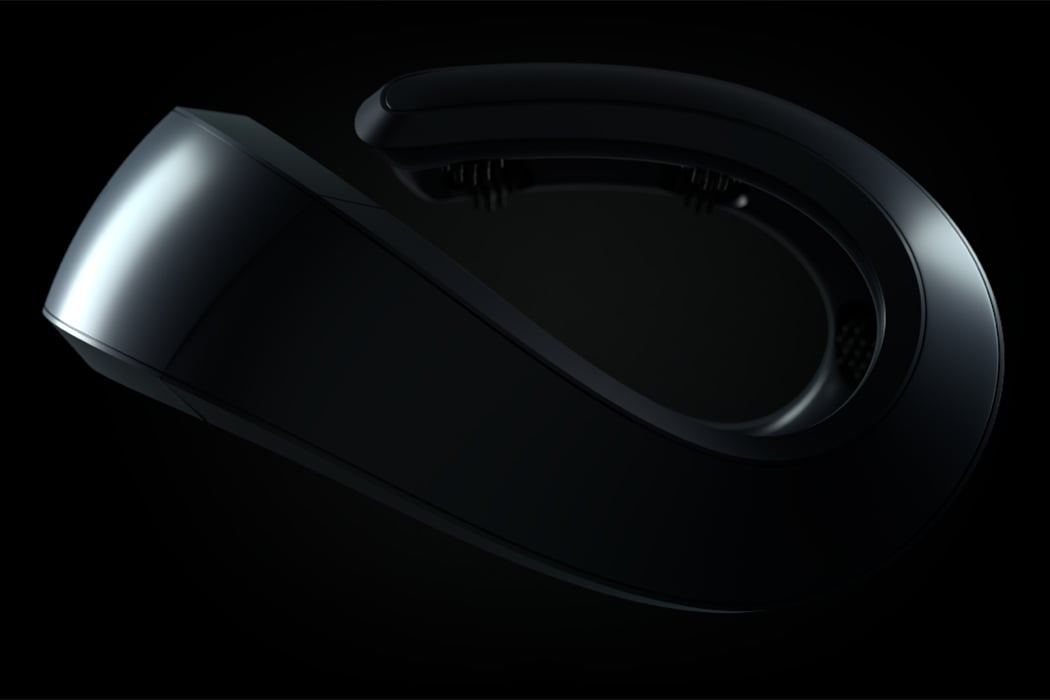
The Crown comes equipped with eight EEG sensors, two haptic motors, a motion-detecting accelerometer, and near-field communication.
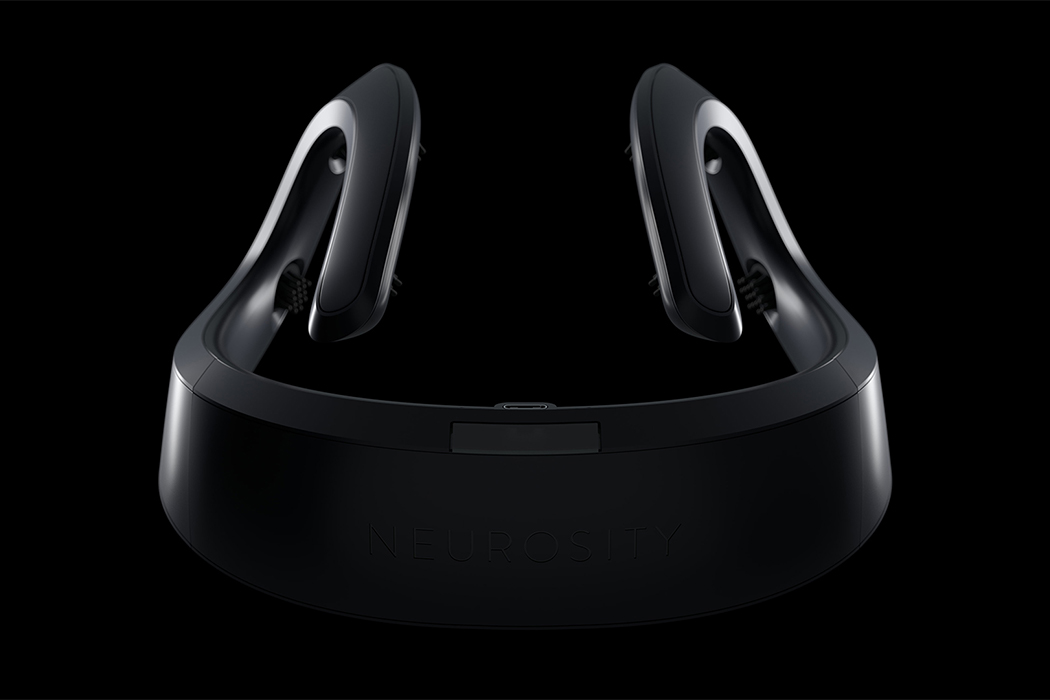
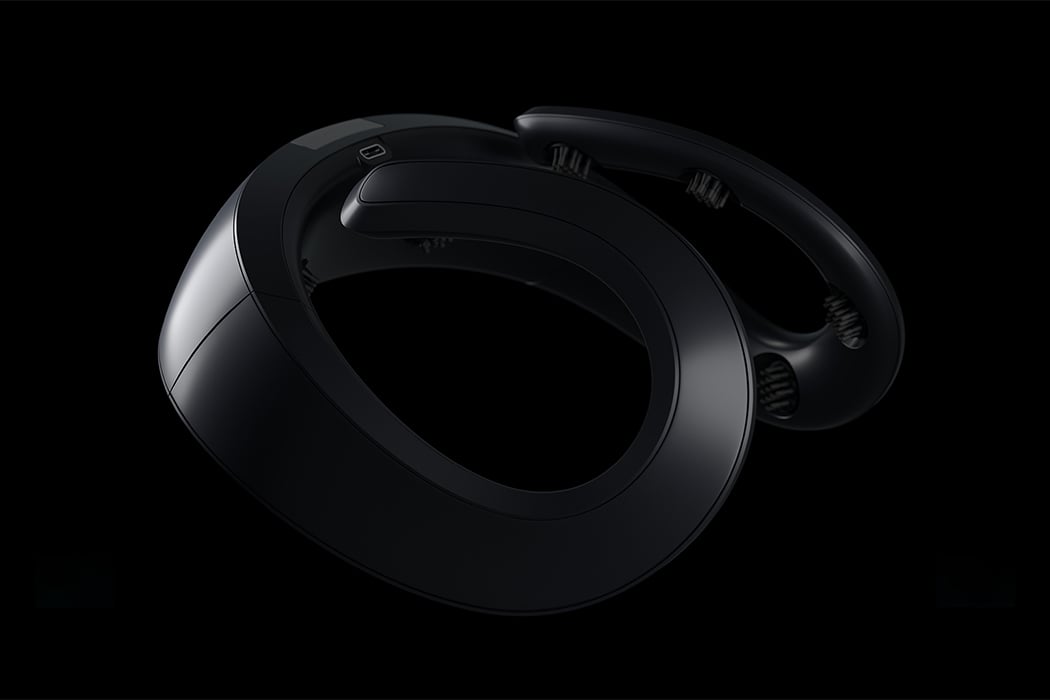
The eight EEG sensors that fill out the Crown are non-invasive.
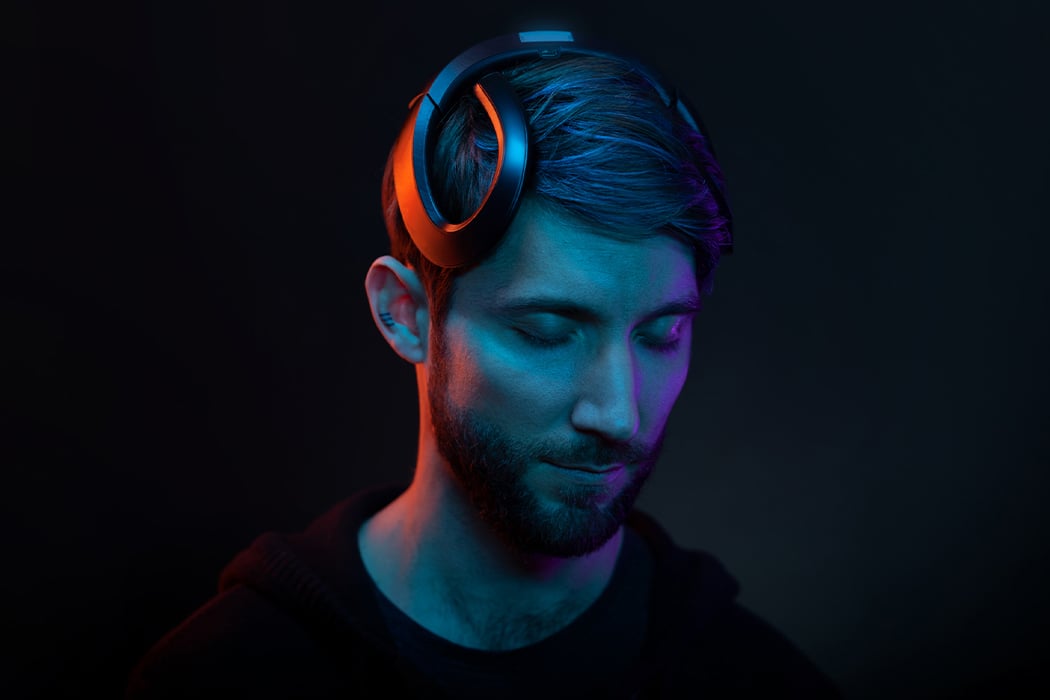
The Crown is battery-operated and has a rechargeable time of only three hours.
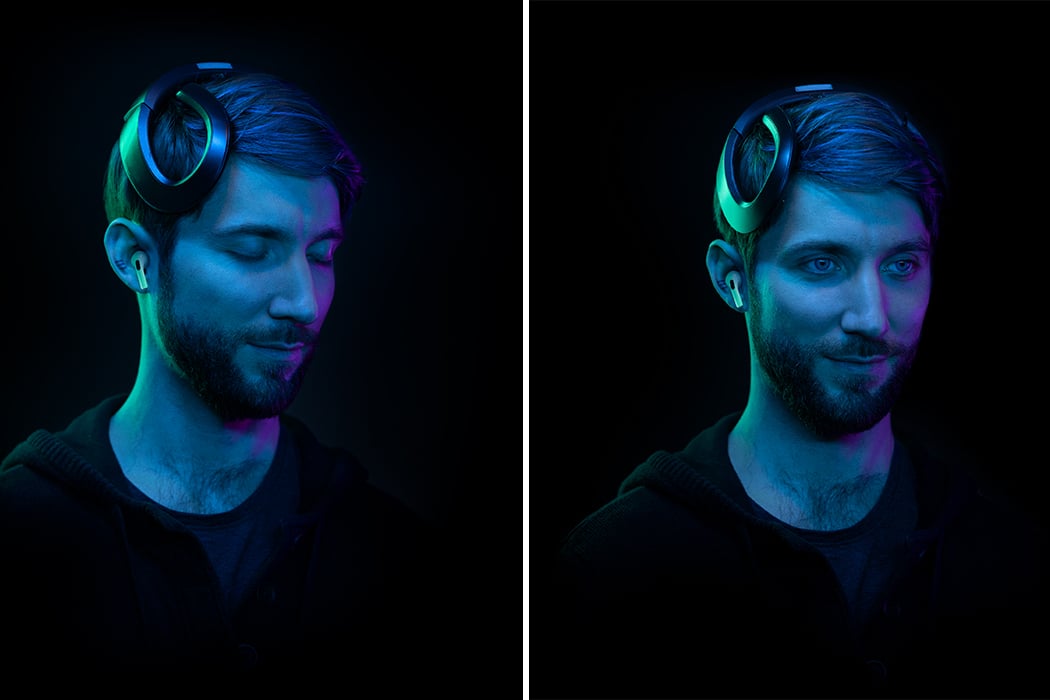
The Crown also comes with Bluetooth and Cloud connectivity.
 This past April, engineer Alex Reben developed and posted to YouTube, "Deeply Artificial Trees", an art piece powered by machine learning, that leveraged old Joy of Painting videos. It generate gibberish audio in the speaking style and tone of Bob Ro...
This past April, engineer Alex Reben developed and posted to YouTube, "Deeply Artificial Trees", an art piece powered by machine learning, that leveraged old Joy of Painting videos. It generate gibberish audio in the speaking style and tone of Bob Ro...
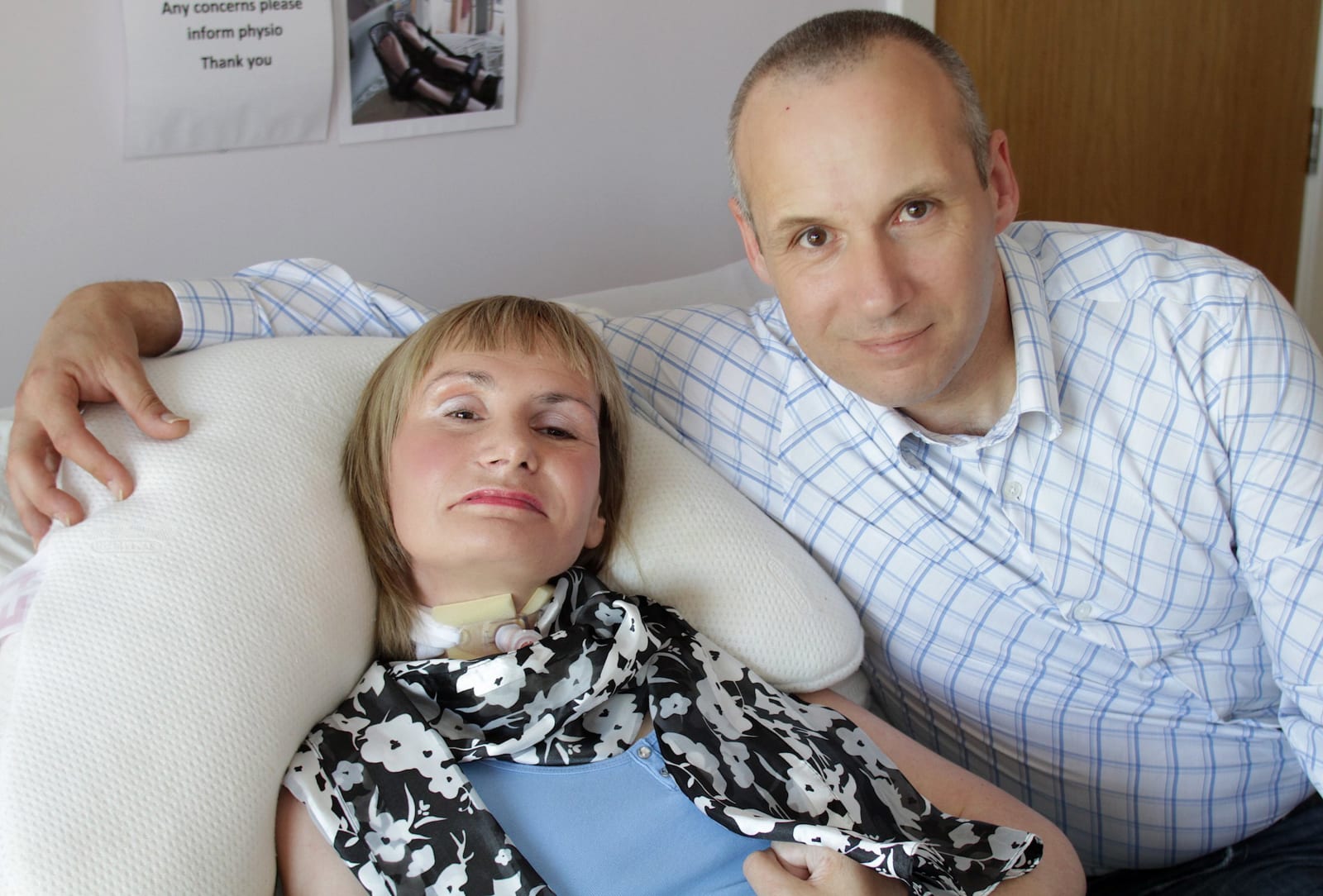 Researchers have been using brain-computer interfaces to interact with patients suffering from locked-in syndrome for a few years now. But a new system from the Wyss Center for Bio and Neuroengineering in Switzerland may finally allow even the most i...
Researchers have been using brain-computer interfaces to interact with patients suffering from locked-in syndrome for a few years now. But a new system from the Wyss Center for Bio and Neuroengineering in Switzerland may finally allow even the most i...
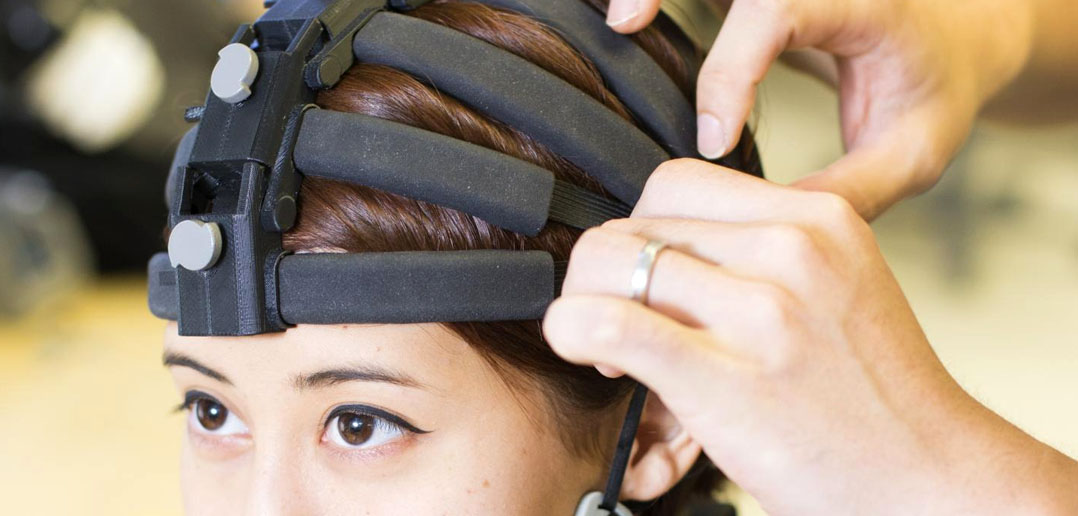 A team of researchers from the Jacobs School of Engineering and Institute for Neural Computation at UC San Diego have developed a 64-channel "dry" electroencephalogram (EEG), reportedly the world's first. Traditional EEGs require their electrodes be...
A team of researchers from the Jacobs School of Engineering and Institute for Neural Computation at UC San Diego have developed a 64-channel "dry" electroencephalogram (EEG), reportedly the world's first. Traditional EEGs require their electrodes be...











